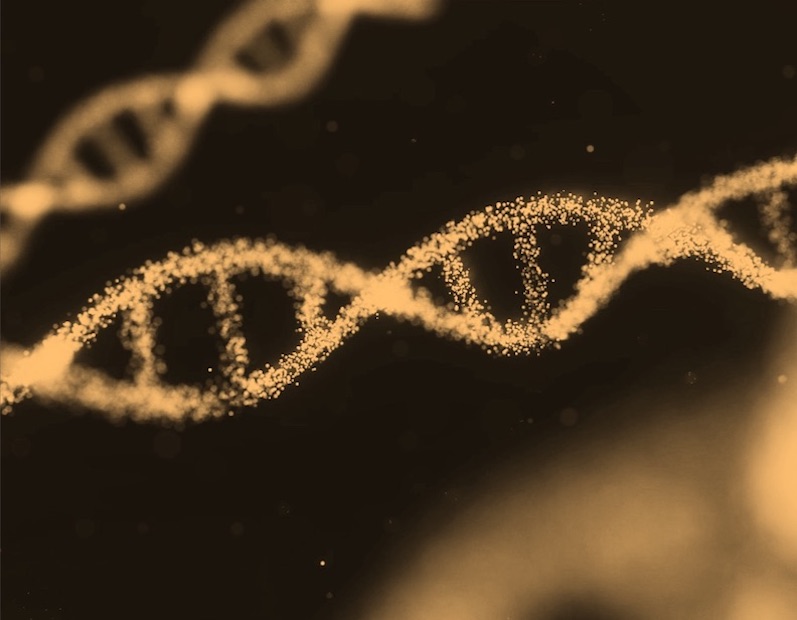What is it about?
This article explores applicability of the military-focused command and control (C2) agility theory to emergency management during complex disasters. C2 approaches are characterized by who (which actors) has decision rights, actor communication patterns, and how widely information is shared. C2 agility is characterized by an ability to quickly adapt a command and control approach that matches changing circumstances. The article examines two complex disaster response cases to explore what factors influenced C2 agility during Hurricane Katrina and how lessons learned impacted C2 agility during the US response to Hurricane Sandy. Drawing on this analysis, the article recommends how the US government can achieve improved C2 agility during future responses.
Featured Image
Why is it important?
This article illustrates the applicability of C2 agility to emergency management, in particular the response to major complex disasters. It offers a set of recommendations as to how the US government could improve training for and execution of its response, in particular developing pathways for improved coordination with affected communities and emergent response actors outside the traditional response structures.
Read the Original
This page is a summary of: C2 Agility for Emergency Management: Examining the Katrina and Sandy Responses, Journal of Homeland Security and Emergency Management, October 2018, De Gruyter,
DOI: 10.1515/jhsem-2017-0046.
You can read the full text:
Contributors
The following have contributed to this page







